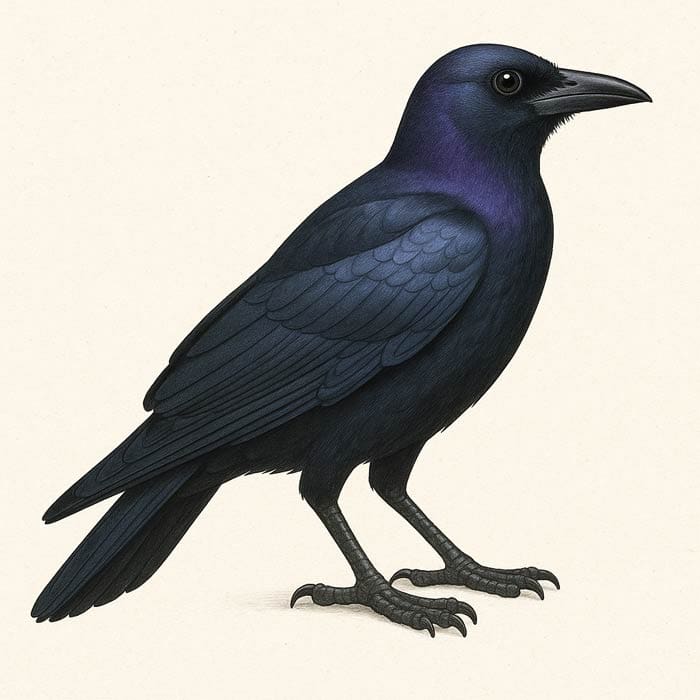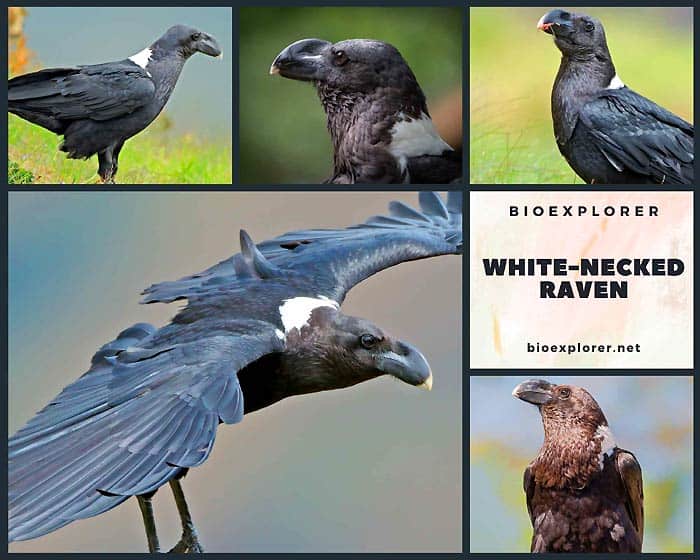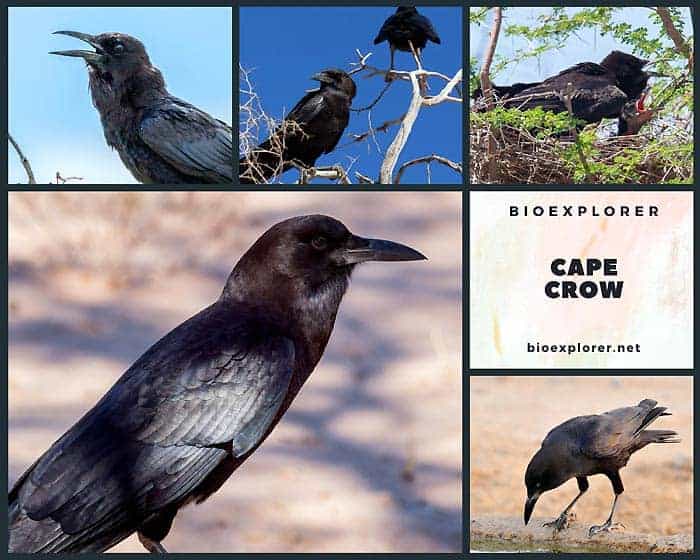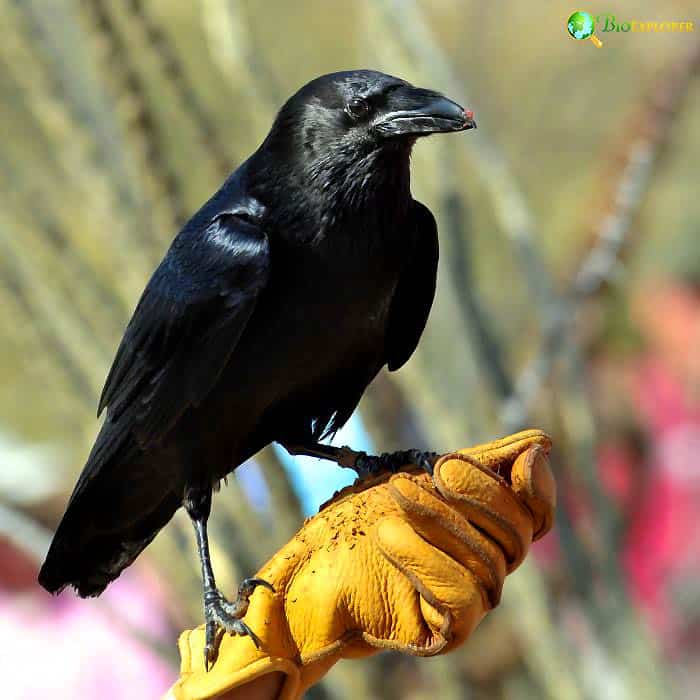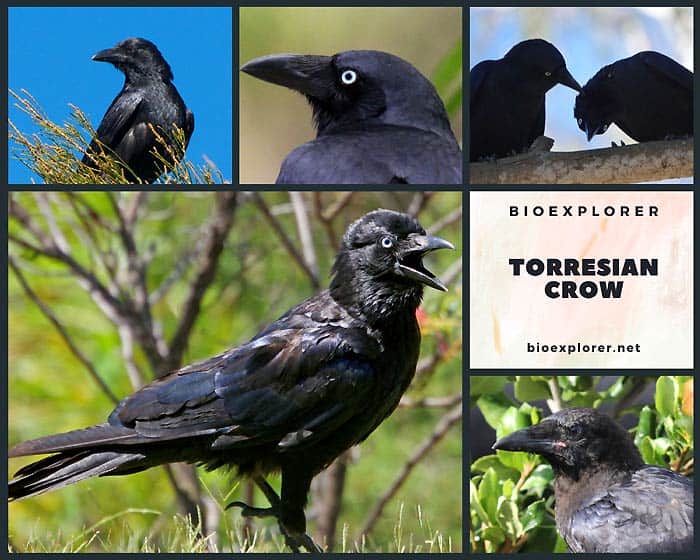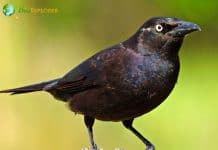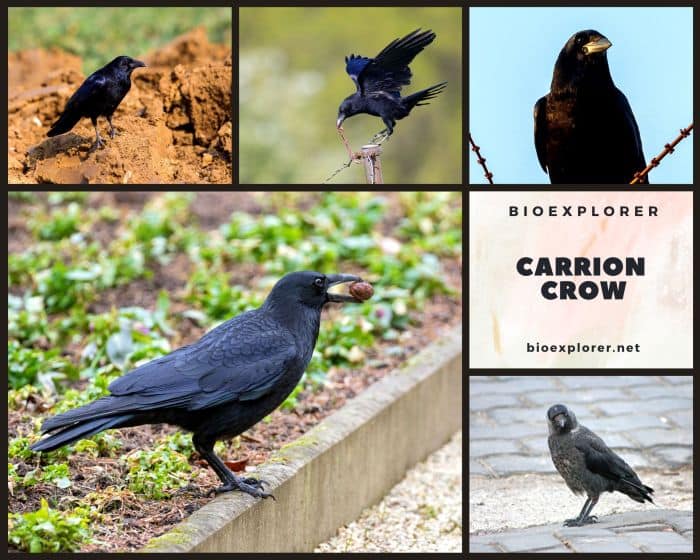
| Animalia | Aves | Passeriformes | Corvidae | Chordata | Corvus corone |
Carrion Crows (Corvus corone) are common throughout England, Wales, and most of Scotland. Carrion Crows are only found on the eastern edges of the island of Ireland, whereas Hooded Crows are present everywhere.
Hybrids can be found in the regions where the two species coexist, including parts of Scotland, Northern Ireland, and the Isle of Man. From the early 1970s to the early 2000s, carrion crows in the UK steadily increased and remained largely stable. In some places, the number of carrion crows is under control. On the UK Green List[1], the species is listed.
Table of Contents
- Carrion Crow Physical Characteristics
- Carrion Crow Myths and Folklore
- Carrion Crows go for Anting practice, either managing parasites or attracting prey
- Carrion Crows are referred to as cunning foragers
- Carrion Crows believe in permanent settlement
- What Eats Carrion Crows?
- Frequently Asked Questions
- What is the difference between a crow and a carrion crow?
- Why is it called a carrion crow?
- What are carrion crows known for?
- Is it a raven or carrion crow?
- How big is a carrion crow?
- Are carrion crows protected in the UK?
Carrion Crow Physical Characteristics
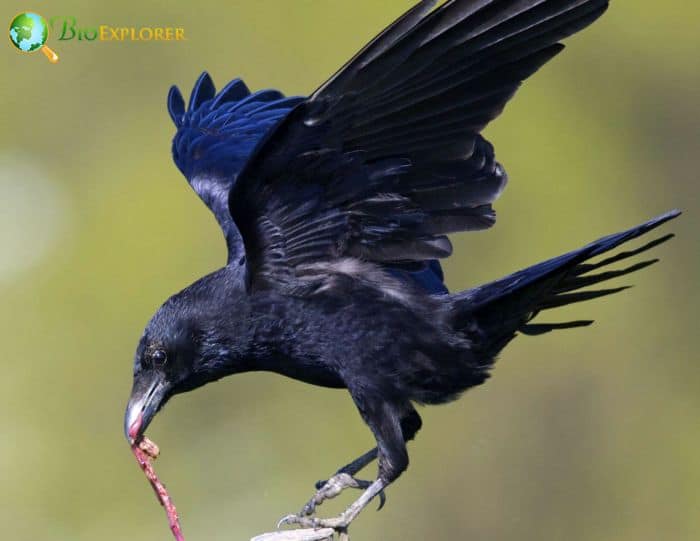
The carrion crow is a medium-sized bird with a length of about 50 cm.
- It has a distinctive, strong beak that is used to crack open nuts and other difficult food items and glossy black feathers.
- It is frequently confused with the hooded crow (Corvus cornix), which has a similar appearance but can be told apart by having entirely black plumage, being larger in size, and having a heavier bill.
- Although the bird appears almost identical to a raven in a photograph, the latter is a much larger species.
- Though it is much more difficult to tell a carrion crow from a young rook, you can do so by looking at their bills.
- The bill of the carrion crow is much thicker and more blunt.
Carrion Crow Myths and Folklore
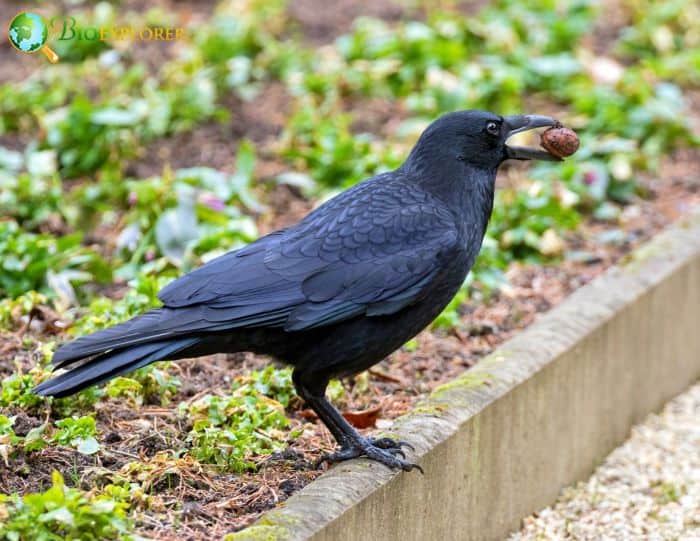
Mythology and folklore have long included carrion crows, frequently portrayed as menacing or mysterious creatures with supernatural abilities.
- In some cultures, they are viewed as omen-bearers or guides for the dead and are connected to the afterlife and death.
- Although a crow perched on your roof was considered a sign of impending death and a group of crows is referred to in Scottish folklore as a “murder“, not all stories about crows are unfavorable.
- A Haida folktale from the Pacific Northwest describes a Crow stealing the sun from the Sky Chief and illuminating the world[2].
Carrion Crows go for Anting practice, either managing parasites or attracting prey
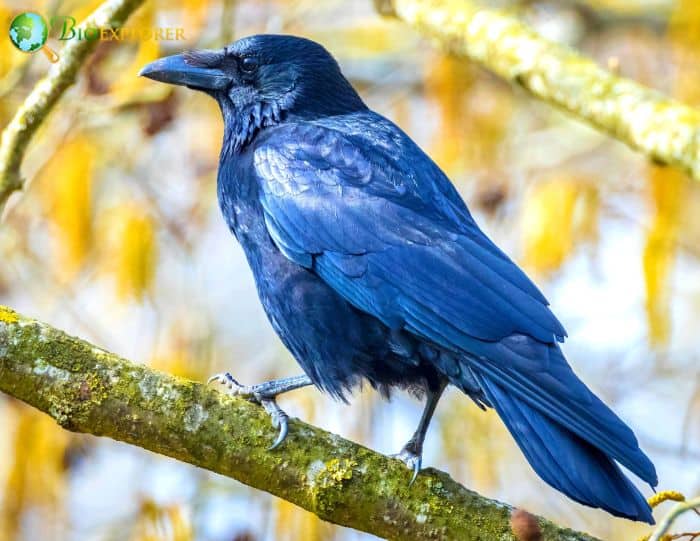
Crows are known for engaging in “anting“, which involves rubbing ants all over their feathers or lying next to an ant hill and letting the ants crawl through their feathers.
- The precise reason why birds do this is still unknown.
- Some claim that ants act as insecticides and aid in managing parasites like feather mites.
- Others claim it’s a method of catching prey, luring the ants to empty their poisonous[3] sacs so the birds can eat them safely.
Carrion Crows are referred to as cunning foragers
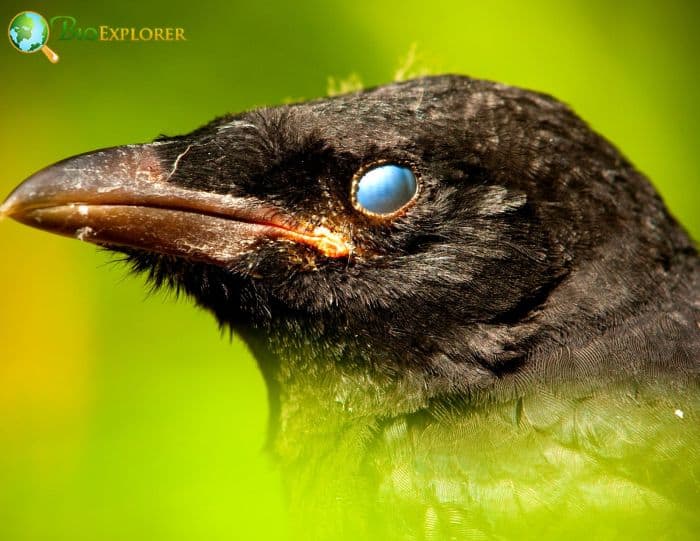
Crows are cunning foragers who occasionally trail adult birds to locate their nests. They occasionally rob other animals of their food.
- Another group of crows followed Common Mergansers to catch minnows the ducks were chasing into the shallows, and a group of crows was observed distracting a river otter from stealing its fish.
- Additionally, they occasionally pursue songbirds as they land after a lengthy flight during migration and seize the worn-out animals. Crows also gather fruit from trees, eat from outdoor dog dishes[4], and catch fish.
Carrion Crows believe in permanent settlement
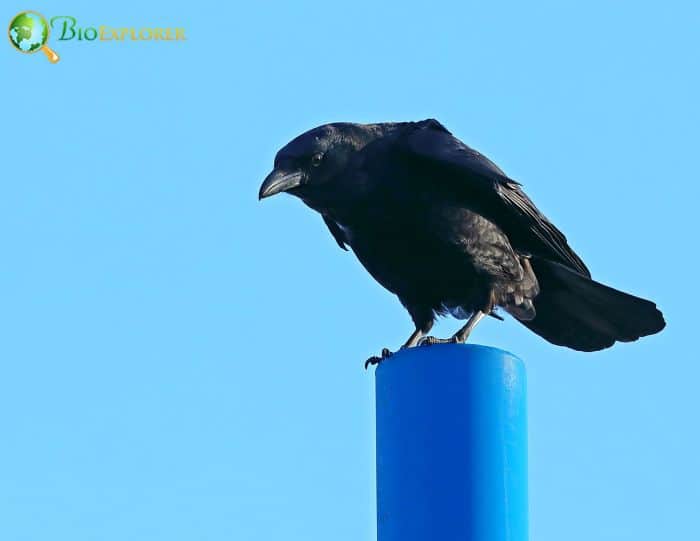
Most crows are local. This indicates that they remain local to their breeding grounds and do not migrate. Compared to crows living in rural areas, urban crows have a much smaller territory. Only 10% of the nesting territory of rural crows is found in urban areas.
What Eats Carrion Crows?
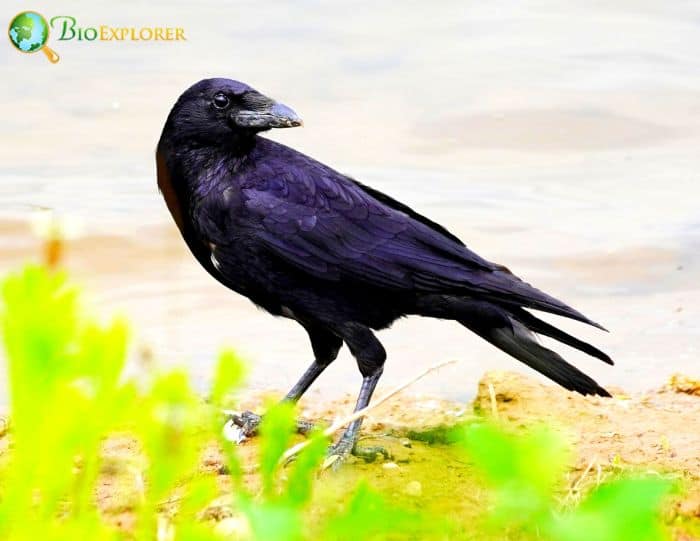
Carrion Crows have so many natural enemies including but not limited to the following[§]:
- Black Kite (Milvus migrans).
- Red Kite (Milvus milvus).
- Aguililla Ártica (Buteo lagopus).
- Bonelli’s Eagle (Aquila fasciata).
- Autour Des Palombes (Accipiter gentilis).
- Greater Spotted Eagle (Aquila clanga).
- Spanish Imperial Eagle (Aquila adalberti).
- Common Buzzard (Buteo buteo).
- Asian Imperial Eagle (Aquila heliaca).
- Falcão-Peregrino (Falco peregrinus)
- Faucon Gerfaut (Falco rusticolus).
- Faucon Sacre (Falco cherrug).
- Gaivotão-Real (Larus marinus)
- Tawny Owl (Strix aluco).
- Ural Owl (Strix uralensis).
- Carrion Crow (Corvus corone).
- Rook (Corvus frugilegus)
- Common Raven (Corvus corax).
- Eurasian Golden Jackal (Canis aureus).
- Gray wolf (Canis lupus).
- Egyptian Mongoose (Herpestes ichneumon).
- European Pine Marten (Martes martes).
- Sable (Martes zibellina)
- Striped Hyena (Hyaena hyaena).
- Red fox (Vulpes vulpes).
- Corsac Fox (Vulpes corsac).
- Steppes Ratsnake (Elaphe dione).
- Collared Dwarf Racer (Platyceps collaris).
- Ladder Snake (Zamenis scalaris).
- Four-Lined Ratsnake (Elaphe quatuorlineata).
- Horseshoe Snake (Hemorrhois hippocrepis).
- Balkan Racer (Hierophis gemonensis).
- Western Green Lacerta (Lacerta bilineata).
- Dark Green Snake (Hierophis viridiflavus).
- Jewelled Lizard (Timon lepidus).
- Levantine Viper (Macrovipera lebetina).
- Eastern Green Lizard (Lacerta viridis).
- Cyclades Blunt-Nosed Viper (Macrovipera schweizeri).
- Montpellier Snake (Malpolon monspessulanus).
- Coastal Viper (Montivipera xanthina).
- Caucasus Viper (Montivipera raddei).
- Desert Monitor (Varanus griseus).
- Dahl’s Whip Snake (Platyceps najadum).
- European Cat Snake (Telescopus fallax).
- European Glass Lizard (Pseudopus apodus).
- Adder (Vipera berus)
- Nose-Horned Viper (Vipera ammodytes).
- Mountain Viper (Montivipera albizona).
- Mount Bulgar Viper (Montivipera bulgardaghica).
- Lataste’s Viper (Vipera latastei).
- Dinnik’s Viper (Vipera dinniki).
- Large Whip Snake (Dolichophis jugularis).
- Portugese Viper (Vipera seoanei).
- Algerian Whip Snake (Hemorrhois algirus).
- Asian Racer (Hemorrhois nummifer).
- Large Whip Snake (Dolichophis caspius).
- East-Four-Lined Ratsnake (Elaphe sauromates).
- Red-Bellied Racer (Dolichophis schmidti).
- Diadem Snake (Spalerosophis diadema).
- Spotted Whip Snake (Hemorrhois ravergieri).
- Black-Headed Snake (Telescopus nigriceps).
Suggested Reading:
What Do Foxes Eat?
Frequently Asked Questions
What is the difference between a crow and a carrion crow?
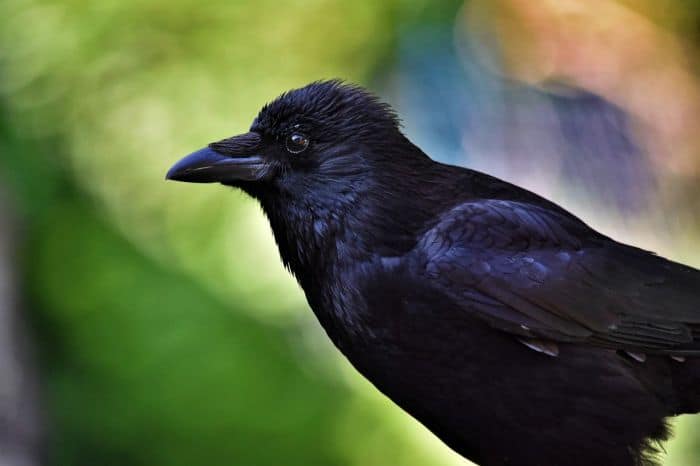
A carrion crow is a type of crow. It is noticeably smaller than a raven and is a similar size to the rook, another species with which it is often confused. The carrion crow has a heavier black bill, lacks the shaggy thighs of the rook, and has a different head shape. Carrion crows are usually seen singly or in small groups, while rooks are more sociable birds[5].
![]()
Why is it called a carrion crow?
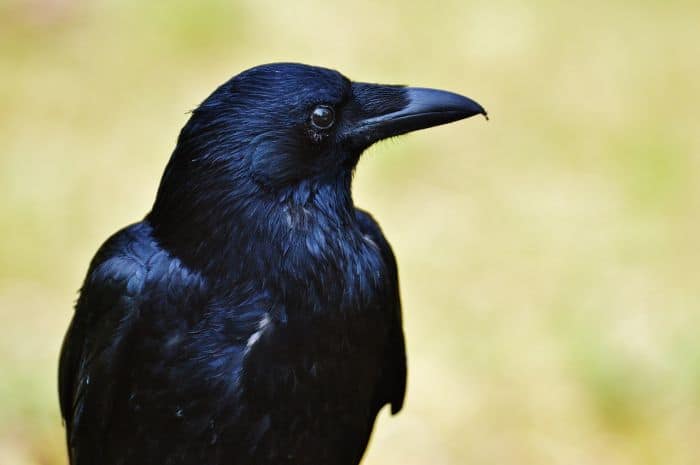
The term “carrion” refers to the decaying flesh of dead animals. Carrion crows are named as such due to their diet, which often includes carrion. They are opportunist feeders and have a wide and varied diet, with carrion and other scavenged food being an important addition during the breeding season[5].
![]()
What are carrion crows known for?
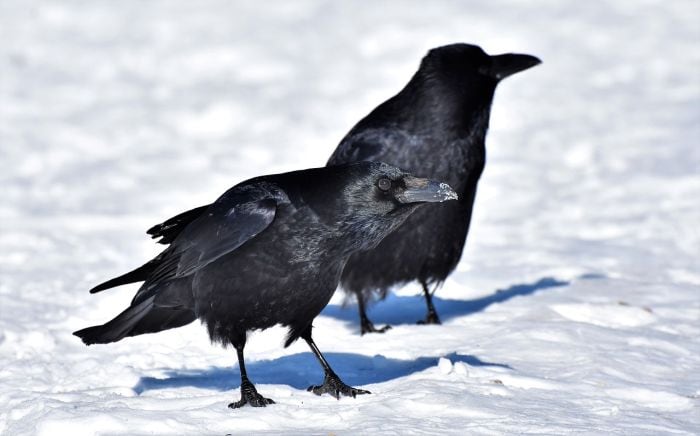
Carrion crows are known for their adaptability and intelligence. They are one of the cleverest and most adaptable birds. They are often quite fearless, although they can be wary of humans. They are fairly solitary, usually found alone or in pairs, although they may form occasional flocks[4].
![]()
Is it a raven or carrion crow?
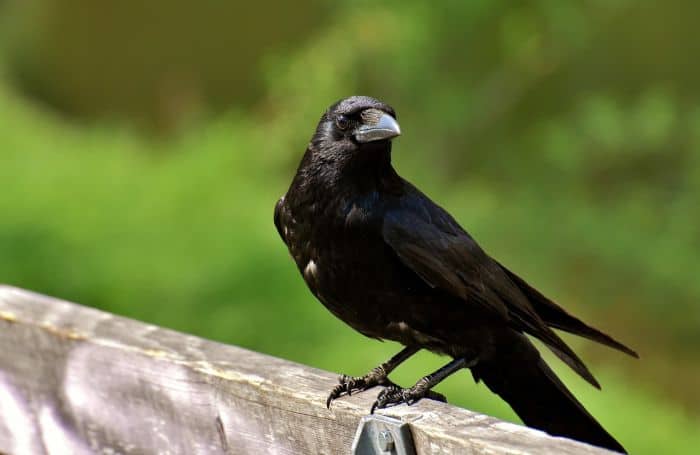
Ravens are larger than carrion crows. The carrion crow is noticeably smaller than a raven and has a different head shape and a heavier black bill[5].
![]()
How big is a carrion crow?
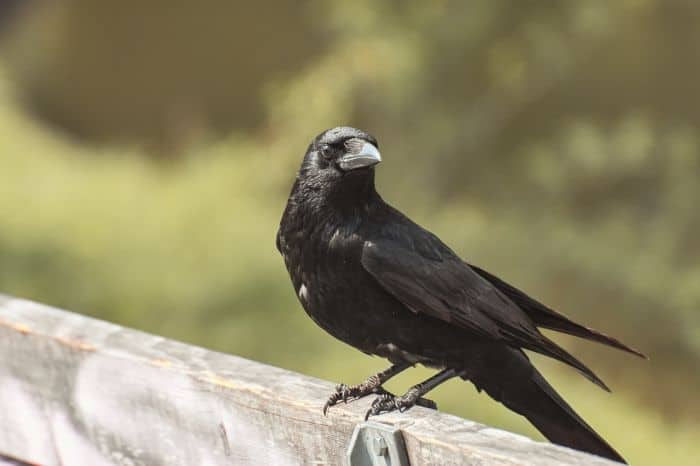
A carrion crow measures about 45-47cm long, with a 93-104 cm wingspan. They weigh between 370-650 g[4].
![]()
Are carrion crows protected in the UK?
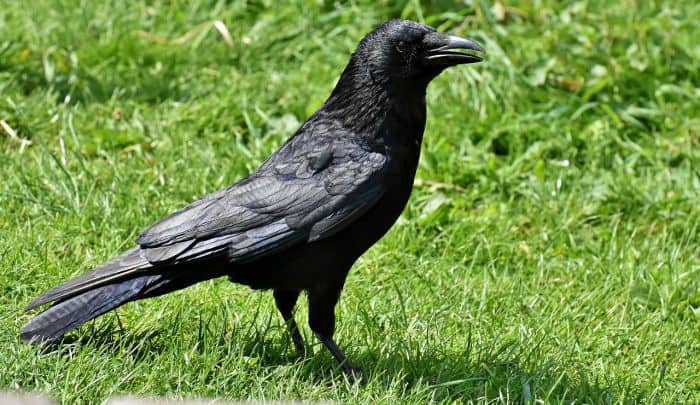
All wild bird species, including carrion crows, their eggs, and nests are protected by law in the UK. It is illegal to intentionally kill, injure, or take wild birds, or to intentionally take, damage, or destroy a wild bird’s nest while it’s being used or built[6].
![]()



